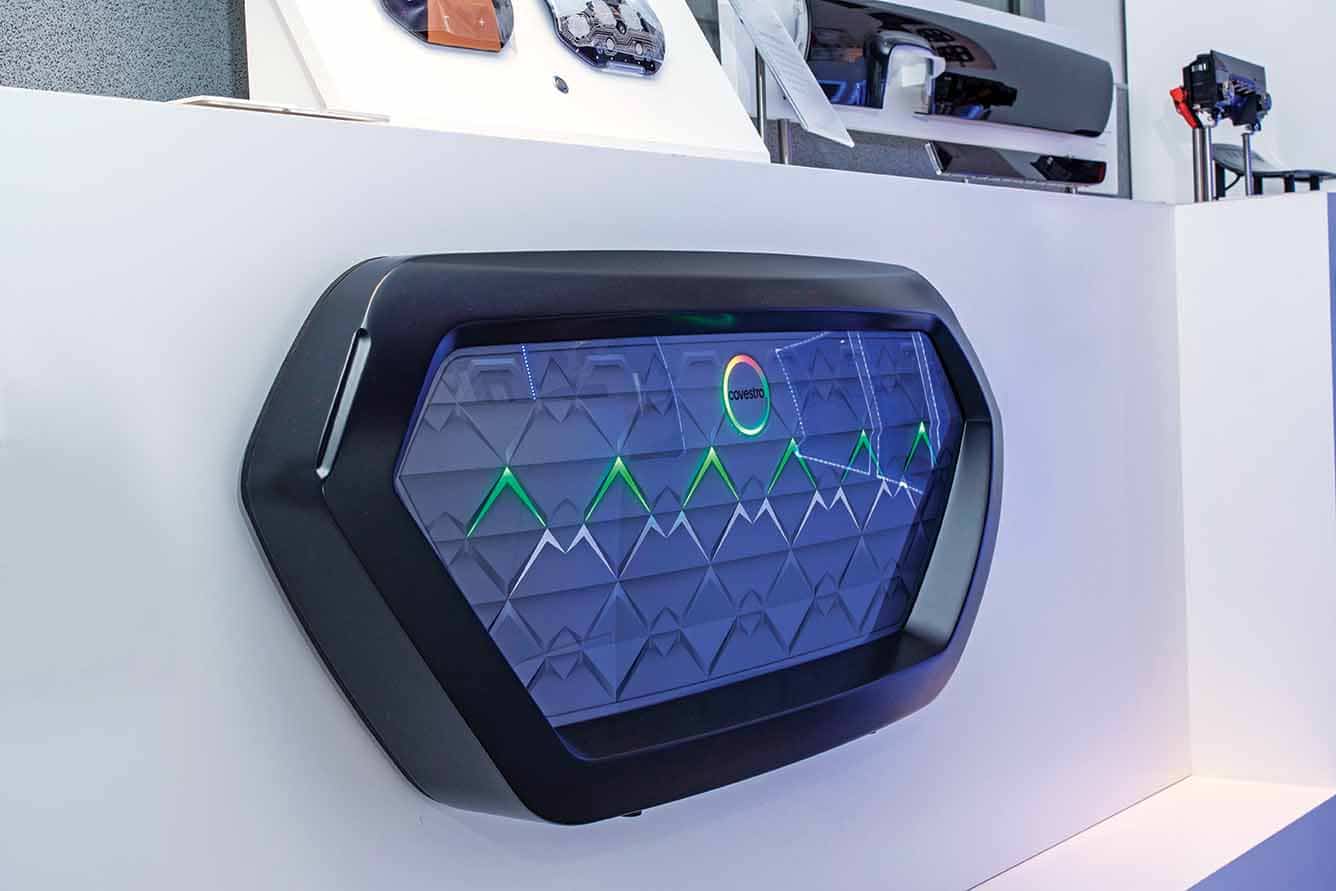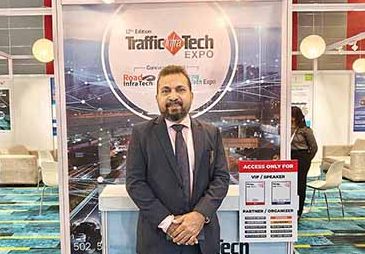Covestro India is creating a pull with its high-tech polymer materials. Prateek Pardeshi draws attention to the diverse automotive applications.
Polymers govern the automotive industry followed by various metals and alloys. Be it the bumper, headlights, mirrors, and so on in the exterior. In the case of the interior, on the dashboard, instrument cluster, and so on and so forth. Covestro AG, a German company, leads the space with its range of high-tech polymers. The company offers a wide range of polyurethane and polycarbonate-based raw materials for the automotive industry among others. Divakar Gokhale, Head of Mobility, Indian Subcontinent at Covestro India Pvt. Ltd. (Covestro India) in an exclusive chat with Auto Components India mentions, “The classic automotive industry’s development further will define the future needs of such material technologies for such niche applications”. Experts in this product stream are always willing to get into a discussion with the industry players, informed Gokhale.
Interior applications
Digitalisation has taken over analogue systems in the last decade. Infotainment systems are a testimony to this evolution. For example, the erstwhile transistor units have made room for sophisticated aircraft like cockpits complete with floating tabs or infotainment systems that today fire up the entire dash sans the dials and levers. Notably, these screens and displays are made of polycarbonate where Covestro India excels. With entry-level and mid-segment vehicles equipped with such displays, the opportunity to tap the segment is huge according to Gokhale.
Covestro codevelop the solution with the OEMs or ODM depending on their wish-list and concepts. It provides tailor-made solutions coming from our broad product portfolio of Polycarbonate (PC) and PC blends, together with speciality films and coatings that allow for diverse applications. Every new innovation comes with a huge R&D cost, yet it has to be offered at an affordable price, Gokhale quipped. With the premium experience, multi-functionality, and efficiency improvement that it brings to the table, the lowered costs are directly linked to the input materials, he explained.
Covestro India is also linked across the value chain with some cutting-edge technology providers who can help bring many new ideas to life. Makrolon® PC and Makrofol® films are used in touch-panel technology for example. The application necessitates high purity, clarity, dimensional stability, scratch resistance, and a few other features. Such applications for auto interiors are easily possible with electronic integration.
On the Dashboard
A Dashboard, which houses the infotainment system, AC vents, cluster meter and so on and so forth, is conventionally made up of foam and PolyVinyl Chloride (PVC). OEMs and tier1 suppliers are turning innovative in their concepts and designs. They are offering a spectrum of features, for the entry-level to top-end variants such that for each category, user experiences, and premium functionality stand out. “At Covestro India, we have demonstrated innovation by utilising our unique Makroblend® product for backlight applications utilising natural materials such as leather, wood, and stone. The dashboard design has changed substantially as a result of the EV and autonomous vehicle trends,” stated Gokhale. He drew attention to leading international OEMs incorporating long/large displays, as well as large 3D curved displays to make a case. Sensor-based driver assistance systems and ambient lighting are being integrated, he cited. All of this has resulted in changes to the dashboard’s design and appearance.
Recently soft-touch buttons have made inroads to the dashboard and steering wheel. These are known to be made up of thermoplastic polyurethane. When tailored for injection moulding, Desmopan® Thermoplastic PolyUrethane (TPU) grades offer a fast cycle time, high mechanical values and good processing capability. Desmopan TPU has a very soft feel as well as good abrasion resistance, claimed Gokhale. That is, no additional coating is required. Makrofol® PC films are used for haptic touch applications. These can be back-lit, opaque/translucent coloured, and have a matt or gloss finish, depending on the design. A coating process can also be used to achieve a soft touch.
Exterior applications
A few decades ago, the automotive industry replaced metallic bumpers with ThermoPlastic Olefin elastomers (TPO). This was done keeping pedestrian safety in mind since TPO processes crushable ability and is made up of softer materials. India is known to have adopted this in 2017. The Government of India banned any kind of metal crash guard or bull bar on vehicles and made fibre bumper mandatory. Similarly, other automotive components such as wheel caps, rain-visors, fancy LEDs etc., are a few examples of manufacturing similarly. Indians are obsessed with chrome finish, especially on headlights, brake lights, weather trims etc. Covestro India offers special Bayblend® grades. The BayblendT45PG for such chrome finish applications is deemed apt. Covestro India has also developed a 2k/3k moulding with an In-Mould Decoration (IMD) for premium applications with a sensor-based functionality integration. Headlights and taillights made of glass initially have switched to polycarbonate, which in cases is prone to oxidation with age and turns yellow. Covestro India is claimed to have looked into it with its solutions.
The company’s Bayflex® which is used to manufacture OEM applications (factory fitted) like panoramic roofs pass the mandatory international safety standards. Only after the required test and compliances are ascertained, these are commercially rolled out. Other than that, AMECA approvals for lighting applications and ARAI approval for India are also necessary for new vehicles/vehicle systems. In India, Covestro AG through Covestro India is working on a host of products to tap the market where it is invested for the future. In the first nine months of 2021, APAC sales accounted for Euro 1700 mn in a growth of 61.3 per cent over the same period last year as per its Q32021 statement. At an investor conference in 2021, the company hinted at planning an investment of Euro one billion on circular economy projects over a 10-year timeline.ACI
Also read, Covestro with a new motto












Leave a Reply